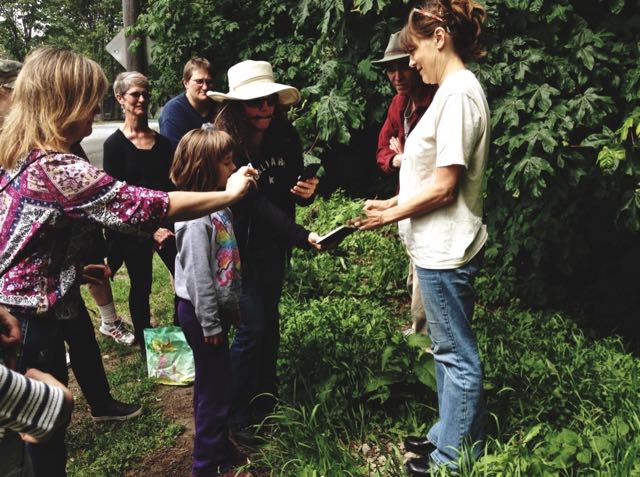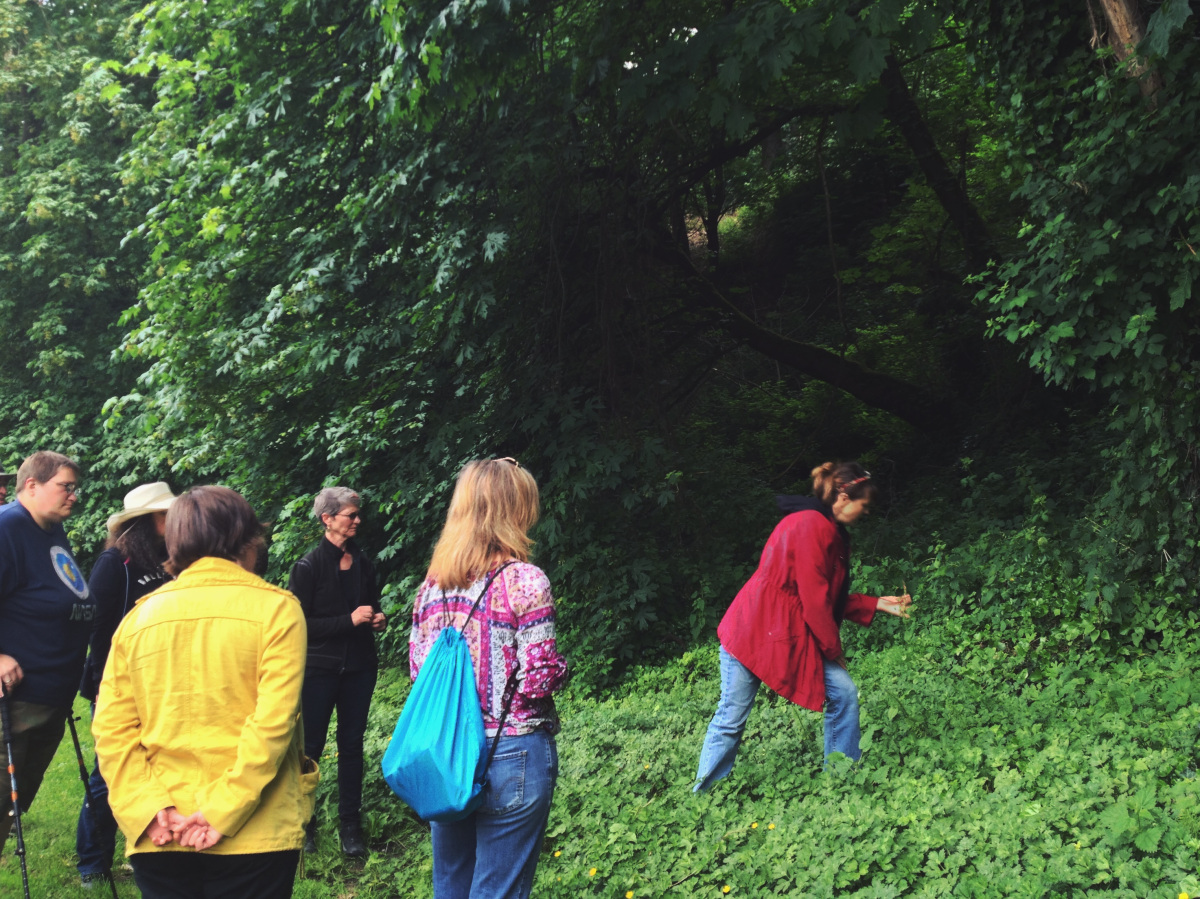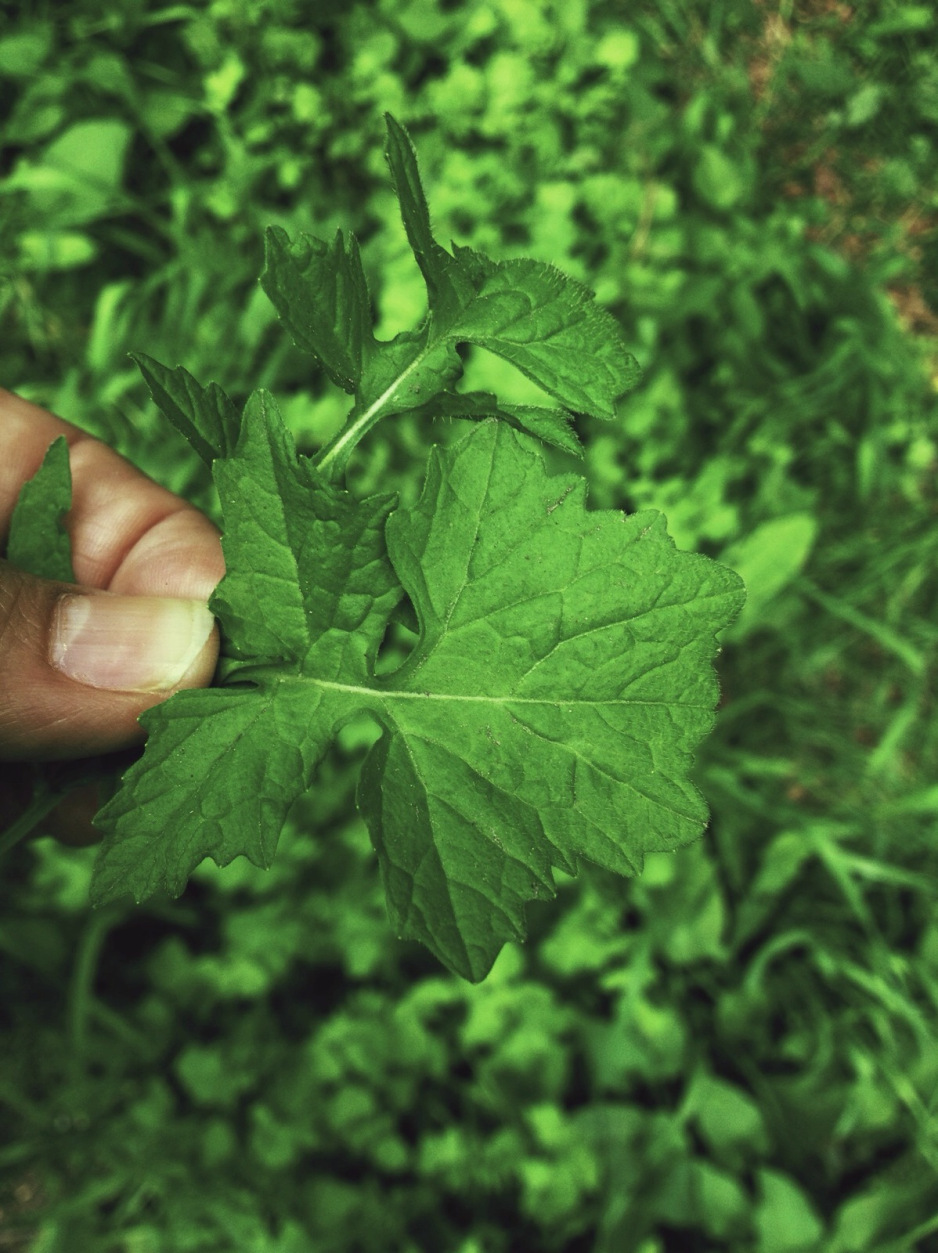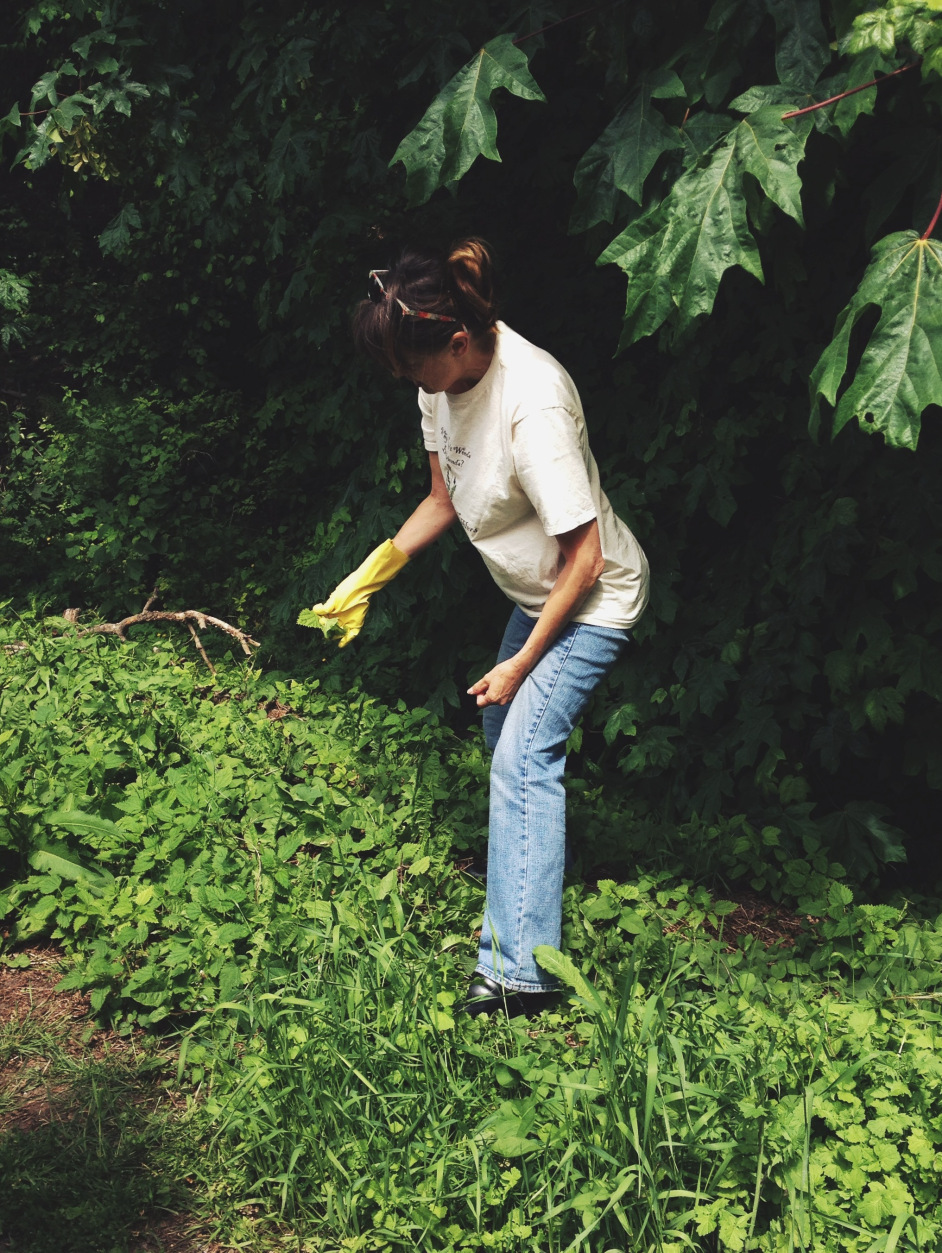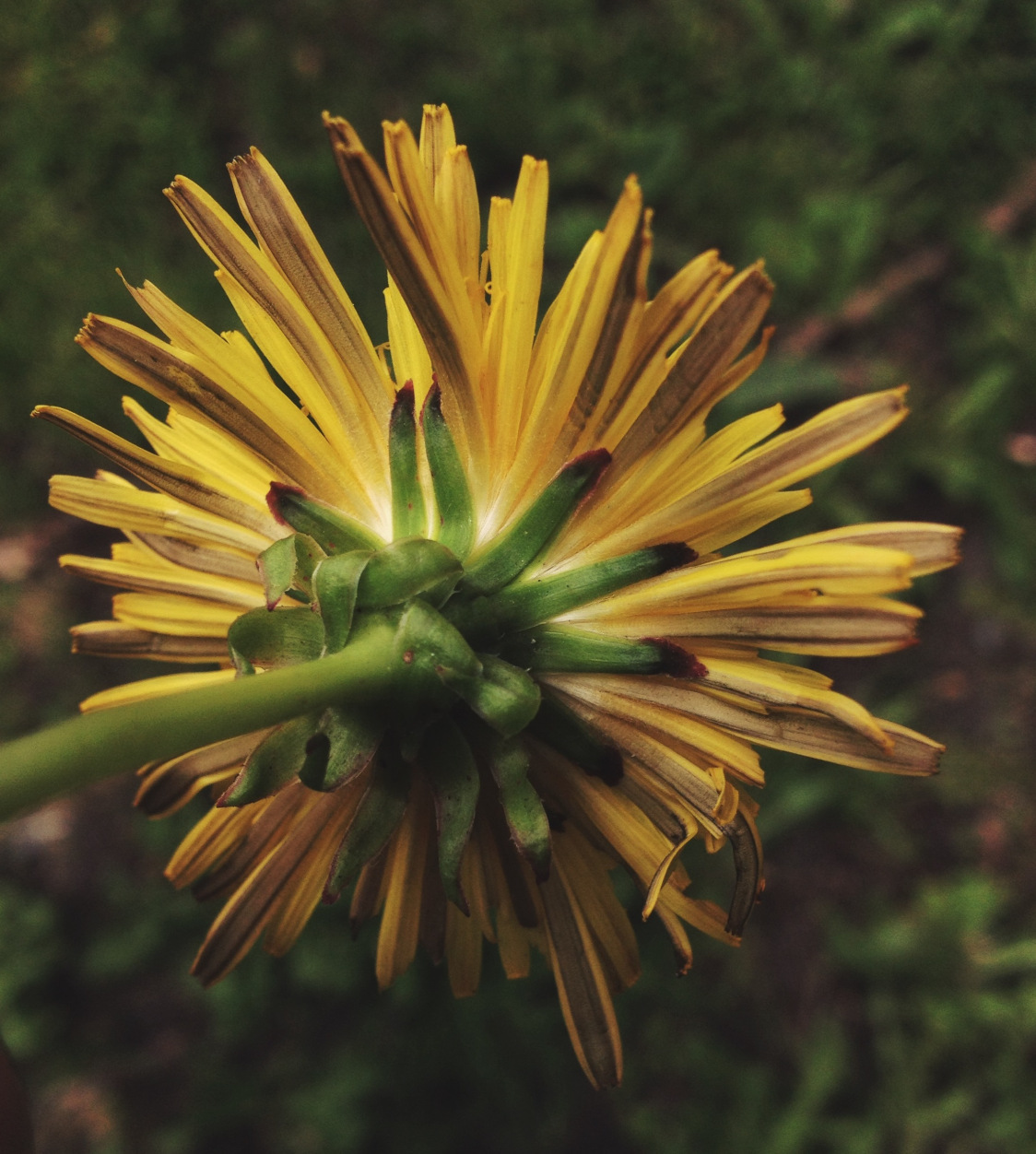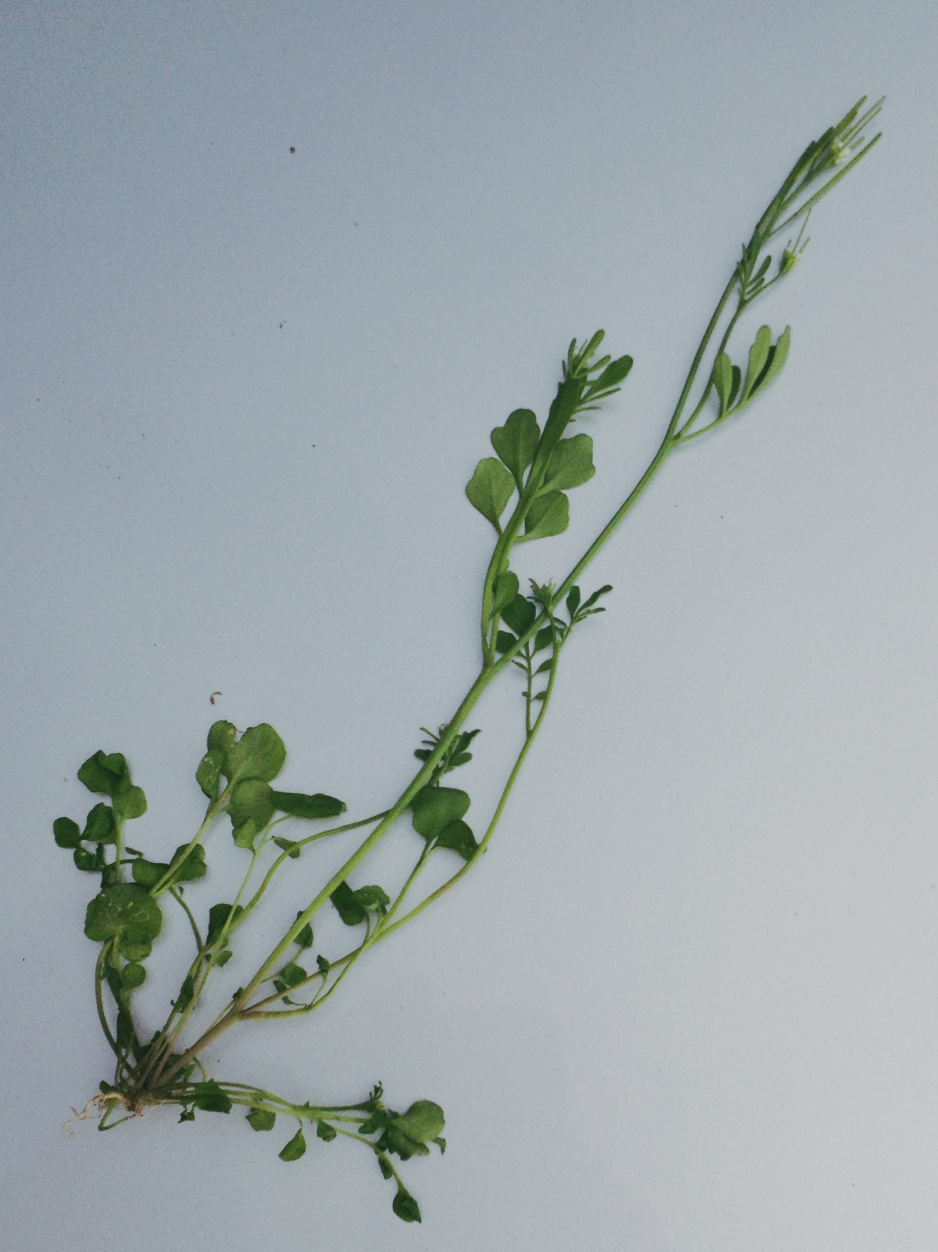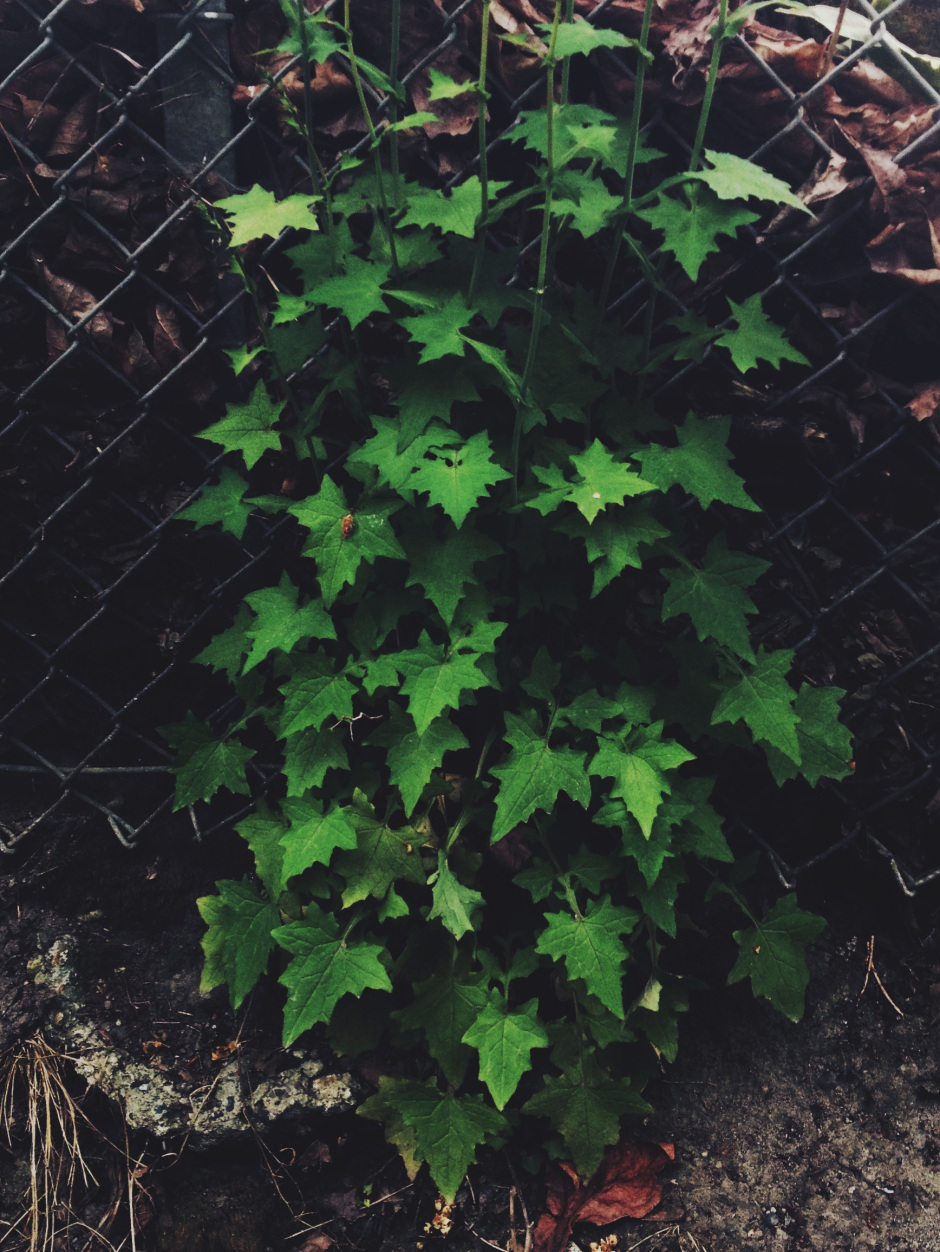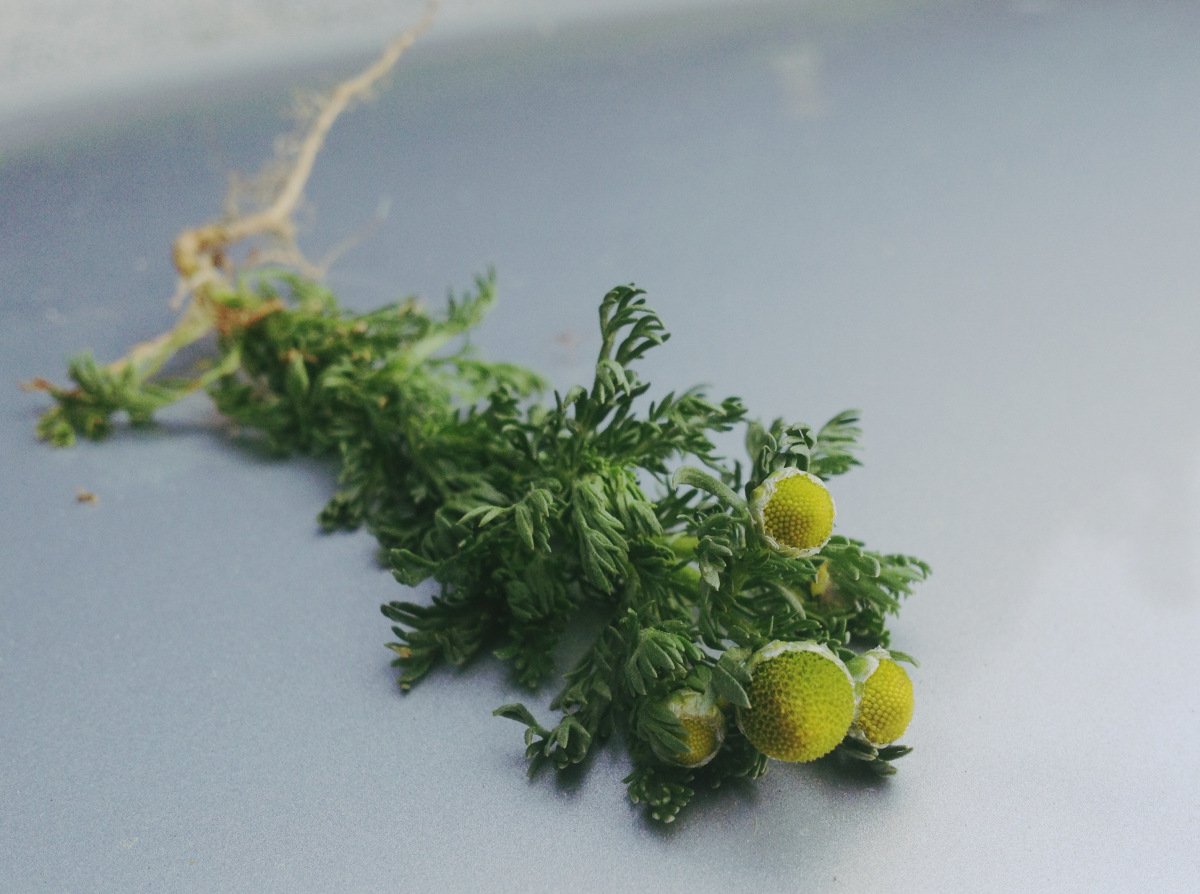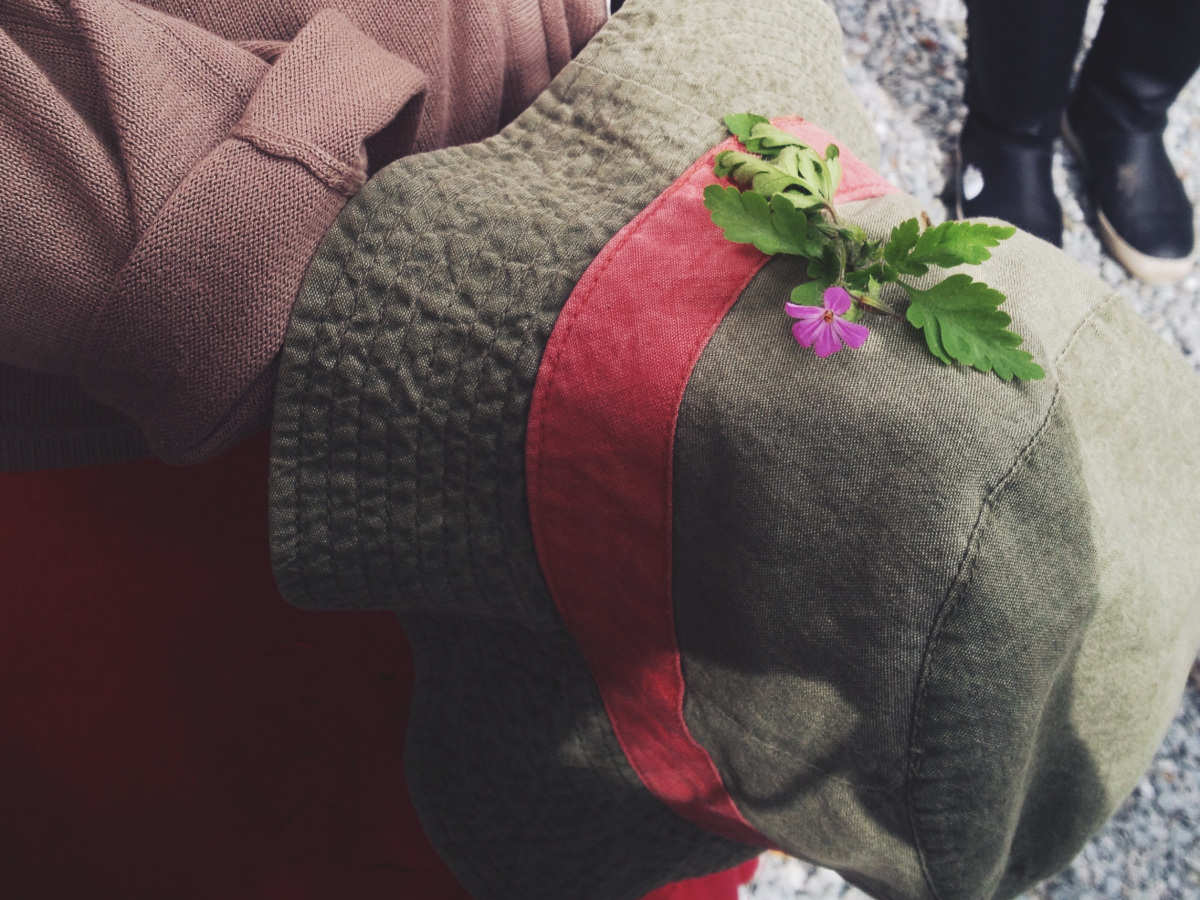Slideshow: Urban Edible Plant Walk with Melany Vorass
Check out the slideshow of our May 24th Urban Edible Plant Walk with Melany Vorass!
On a cooperative day towards the end of May, Melany Vorass, author of "The Front Yard Forager," took a group of us on a walk to identify some of the common, edible, and often delicious weeds and wild plants hiding in plain sight. To get into the spirit of things, I had made some nettle scones for the group, using nettles foraged and frozen a little earlier in the season. We called this a walk, but honestly, the robust diversity of the plants in this small stretch of Golden Gardens Park was so great, Melany was able to show us many examples from just one compact area. It really drove home to me how much wild food is around us all the time, and the value of learning how to identify and to look for it. Melany gave us a great overview of what to consider before you pick and how to handle/clean so that you can maximize nutrition and safety. Speaking of safety, the pix in this album are for fun, but don't replace a field guide and (best of all) live instruction from a knowledgeable person like Melany. Please always be safe and certain before picking wild foods. You know that invasive Japanese knotweed? The young shoots can be used as a rhubarb substitute. (Both are in buckwheat family.)
A new favorite from the walk: hedge mustard/wild mustard. Tastes like a spicy combo of the fresh green of broccoli stems + mustard. Delicious! Melany Vorass demonstrates nettle picking technique (and discusses the seeming inevitability of occasional stings; it's not the end of world). Nipplewort leaf. One thing Melany encourages people to think about is simply adding some wild greens to salads and other dishes to increase the diversity in your diet and take advantage of getting some super freshly-picked nutrients into our diets. Plants do begin to be less bio-available once they've been picked, so being able to head back out to your backyard to grab a handful of leaves can be a good way to increase nutrition (and is less work than gardening lettuce!) The bracts of the dandelion (green petal-like structures surrounding petals) are quite bitter but mellow nicely when the heads are battered and fried as fritters.
One of our class attendees asked Melany a great question: if she were trapped on desert island and could only have 1 wild edible, what would it be? "Shotweed," Melany answered without hesitation. This frequent uninvited garden guest is peppery and lively. Season is over for now, mostly, but its early annual appearance (when other jazzily flavored edibles are still hibernating) is another reason to learn to love this common weed. Not all wild edibles are worth it. Wall lettuce is pretty bitter. I volunteered to take one for the team. It didn't seem too bitter at first for the tiny bite I took, but the aftertaste was no good. Pineapple weed is always a favorite discovery. The little compact heads of this weed, typically found in gravelly edges, has a delicious pineapple flavor when crushed. Melany's cookbook includes recipes for cookies and infused whip cream. I also have infused rum with it. Not every plant has an edible use, but still can be useful. Stinky Bob or Herb Robert might be a pungent, inedible weed, but as one of our weed walkers found, still makes a nice decoration for a hat.

